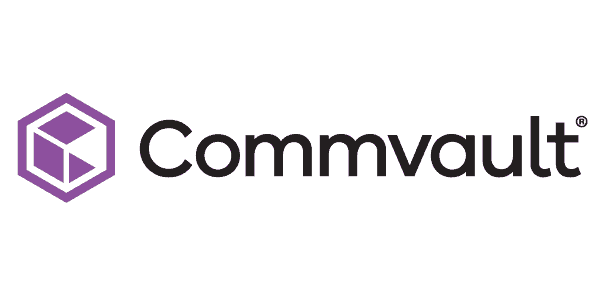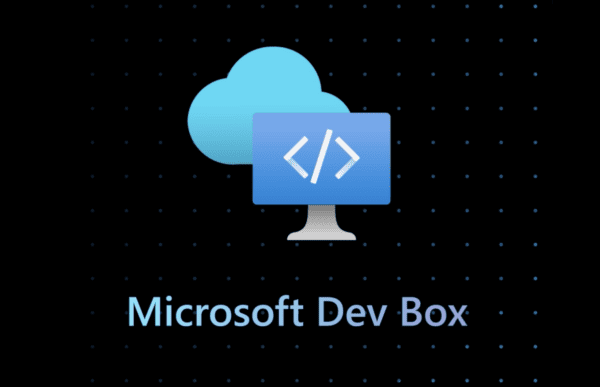A bad plan or incomplete plan is often worse than no plan at all, or we have all heard that failing to plan is planning to fail. The business is being changed hoarsely by the trend of digital transformation, and the release of new technologies are out every minute making your business goes more slowly if the consideration of improvement is not proposed within your organization. However, that’s part of an innovation of technology that serves for your business. The other part is how to determine a technology that addresses to the challenge of your business and how you transform from existing technology to new modern one.
This article is to come up with top 3 reasons why Office 365 is the best choice for the legacy transformation.
Total Cost of Ownership
Operation cost for legacy system is unforeseen. The number you have to pay annually not only system maintenance but also human resource responsible for the maintenance. It’s hard to hire them. Even when you have such a resource the salary is always high. For example, with Notes system, you have to pay approximately 2000 USD per client. Hiring Notes system engineer and developers are considered a nightmare to human resource in-charge person.
Look at Office 365, it’s easy to hire an Office 365 staff to help you manage the whole including Exchange Online, SharePoint, Office 365 or so on. Office 365 developers have been come much easier to be hired since Microsoft announced the new future of Office 365 and SharePoint. There is a library called PnP offering you a ton of templates in the real-world scenario. Office 365 pricing makes people comfortable. Imagine just 25 USD/user you have almost everything in your life from Microsoft Office client, email system with no worry about downtime and fault tolerance, collaboration platform to share document and file which is accessible over the internet. More and more of what I just said Office 365 is offering you.
A Modern platform for Digital Workplace
The trend of digital transformation brings about the digital workplace need. A digital workplace becomes crucial part of your business success. In a short way of explanation, a digital workplace is an environment where your employees can complete their tasks by a set of digital tool. They can communicate and share information they have, and access to information they need regardless of where they are and devices they are using.
A legacy system does not provide a comprehensive set of tools to a successful digital workplace. Notes although offers your mail communication, collaboration software but is not considered a flexible and customizable platform. With Notes, it becomes impossible to access information you need out of your network. In case you have a business trip oversee, you can’t use your mobile devices to work on something. In a nutshell, modern information worker these days expect much more that a legacy platform can do.
- Microsoft Office – your Microsoft office not only in on-premises but cloud
- Exchange Online – an email messaging
- SharePoint Online – a Collaboration platform
- Skype for Business – a unified communication
- Yammer – a private enterprise social
- Office Delve – a machine learning for collaboration at work
- OneDrive – a file share repository
- PowerBI – your actionable insight and online analytics
- Microsoft Flow – a workflow within Office 365
Read more about Office 365 here https://products.office.com/en/business/office-365-enterprise-e3-business-software
“Cloud First, Mobile First”
Not only Microsoft has “Cloud First, Mobile First” strategy but also many organizations have defined it. Since defined, legacy platform needs to be transformed in order to meet the expectation. Office 365 platform can be implemented as the consolidated enterprise information portal for all of cloud-based systems including Microsoft Azure, Dynamic CRM or external services like SalesForce, SAP. Employees can access information and data in a one-stop shop business without navigating to different applications while legacy platform is just a burden of the implementation. Enterprise Mobility Suite which also can be integrated in Office 365 emphasizes the “Cloud First, Mobile First” nowadays.

Thuan is the Microsoft Solution Architect for FPT Software in Japan where his duties are architecting, planning and implementing advanced business solutions utilising a variety of Microsoft technologies for mid-tier and large organisations including government agencies. Thuan has 7 years of experience with SharePoint & Microsoft platform with extensive experience on designing a comprehensive architecture including aspect of infrastructure, design pattern, security, information architecture or so on. Having been awarded the Microsoft SharePoint MVP since 2011, he likes to share Microsoft technologies with the community around the world.











